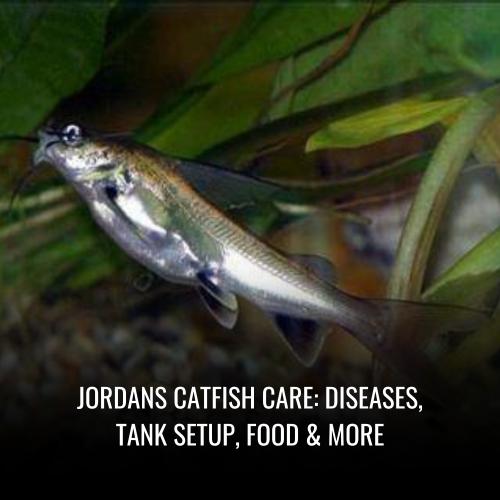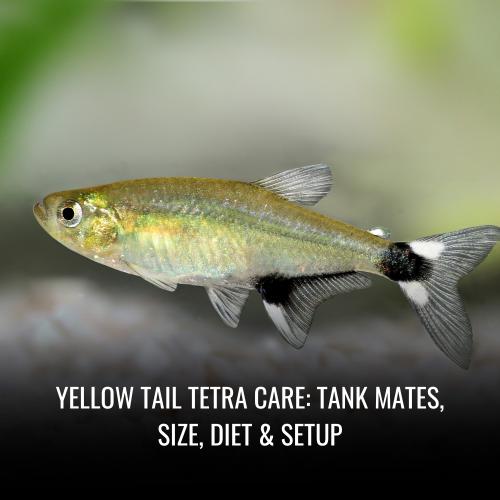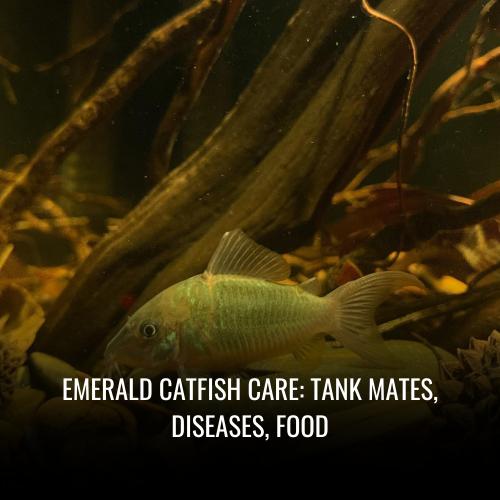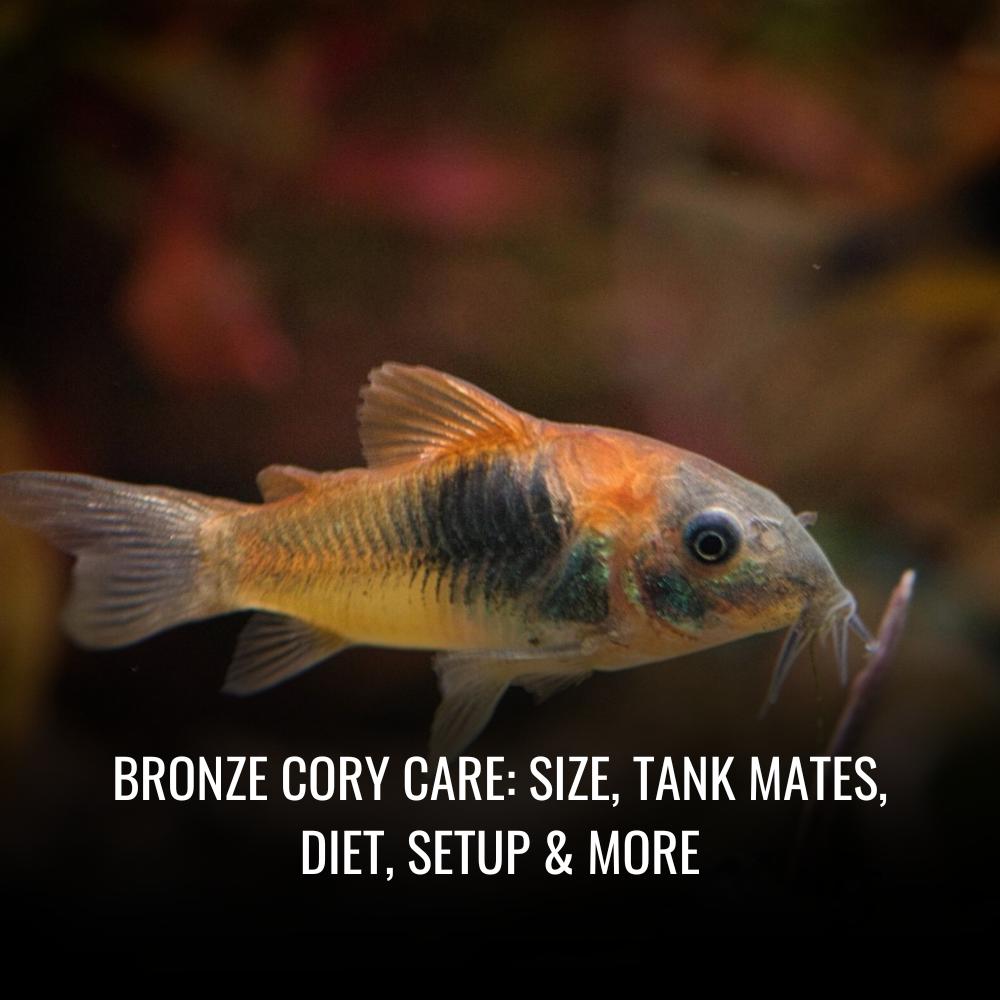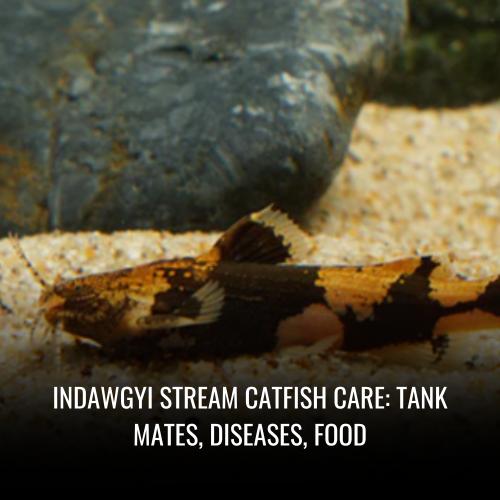Bluespotted corydoras Care: tank mates, Diseases, Food
This post contains affiliate links. As an Amazon Associate, we earn from qualifying purchases.
Bluespotted corydoras, also known as blacksail corydoras or blackspotted corydoras, are a charming addition to any tropical freshwater aquarium. Native to the dense vegetation of Guyana’s streams, these armored catfishes grace the bottom of the tank with their dotted corydoras beauty and peaceful demeanor. Ideal tank conditions mimic their natural habitat, with a preference for soft to moderately hard water and stable temperatures.
| Scientific Name | Corydoras sterbai |
| Common Name | Bluespotted Corydoras |
| Family | Callichthyidae |
| Usual Size in Fish Tanks | 2.5 – 3 inches (6 – 8 cm) |
| Recommended pH Range | 6.0 – 7.5 |
| Recommended Water Hardness (dGH) | 2 – 25 |
| Recommended Temperature | 75 – 79°F (24 – 26°C) |
| Reproduction | Egg-scatterer |
| Origin | South America, Upper Rio Guaporé basin |
| Temperament to Own Species | Peaceful |
| Temperament Toward Other Fish Species | Peaceful |
| Usual Place in the Tank | Bottom |
| Lifespan | 5 – 7 years |
| Tank Size Requirement | 20 gallons or larger |
| Filtration System | Efficient filtration system to maintain water quality |
| Sexual Dimorphism | Females are usually larger and broader |
| Substrate Cleaning | They sift through the substrate to clean it |
Aquarists value blue spotted corydoras for their congenial nature toward tank mates and their contribution to the tank’s cleanliness. They are indeed a shining example of the ornamental fish beloved by the aquarium trade industry. Below is a concise profile table capturing the essential details of their care.
Scientific Name
The scientific name for the enchanting Bluespotted corydoras is Corydoras melanistius. This species, a delightful sight in aquariums, originates from the coastal rivers of the Guianas in South America, thriving in ecosystems that offer them plenty of hiding spots and a tranquil environment.
Below is a table summarizing their key scientific classification:
| Classification | Detail |
|---|---|
| Scientific Name | Corydoras melanistius |
| Common Names | Bluespotted Corydoras, Black Sail Cory, Black Spotted Cory, Spotted Cory |
| Origin | Coastal rivers of the Guianas, South America |
| Adult Size | Up to 2.0 inches |
| Notable Behavior | Facultative air breathers |
| Sexual Dimorphism | Evident when conditioned |
This concise information aids in the accurate recognition and care of these captivating armored catfishes.
Average Size
The Black Sail Cory, commonly recognized as the Bluespotted Corydoras, is a delightful inhabitant of home aquariums due to its manageable size. Generally, in domestic fish tanks, these charming creatures measure between 5-6 cm (1.97 – 2.36 inches). At the time of purchase, they are typically a medium size of approximately 1-1/4 inches.
Below is a concise table outlining the average size:
| Feature | Average Size |
|---|---|
| In Tanks | 5-6 cm (1.97 – 2.36 inches) |
| At Purchase | ~1-1/4 inches |
| Maximum Length | 5.1 – 5.6 cm |
| Minimum Tank Size | 76 liters (20 US gallons) |
Lifespan
The Bluespotted Corydoras, also known as Corydoras melanistius, has an expected lifespan that may seem modest when compared to some other aquarium species. On average, these hardy little fish live between 3 to 5 years. They thrive in well-maintained aquarium conditions that mimic their natural tropical climate, which includes regular water changes. Such attention to their environment is crucial since they are sensitive to changes in water parameters.
| Lifespan Factor | Details |
|---|---|
| Expected Lifespan | 3-5 years |
| Sensitivity to Water Parameters | Requires regular water changes |
| Diet | Varied and balanced |
| Social Environment | Minimum group of 5 is ideal |
Natural Habitat
The Bluespotted Corydoras, a freshwater fish indigenous to the tropical climate zones of South America, flourishes in environments with dense vegetation and sandy substrates. They are typically found in slow-moving waters, such as streams and small rivers, where they can effortlessly navigate the sandy bottoms in search of food items. These areas are often characterized by a suitable spot of shade and marginal plants that provide necessary cover.
Appearance
The Bluespotted Corydoras, distinctively known as the bluespotted or blackspotted corydoras owing to their striking coloration, exhibit a charming appearance. Most notable is their silver or pale pink body, sprinkled with a pattern of fine, dark spots that give them a stars-in-the-night-sky look. They are a part of the armored catfishes, a (Sub)family characterized by bony plates running the length of their bodies.
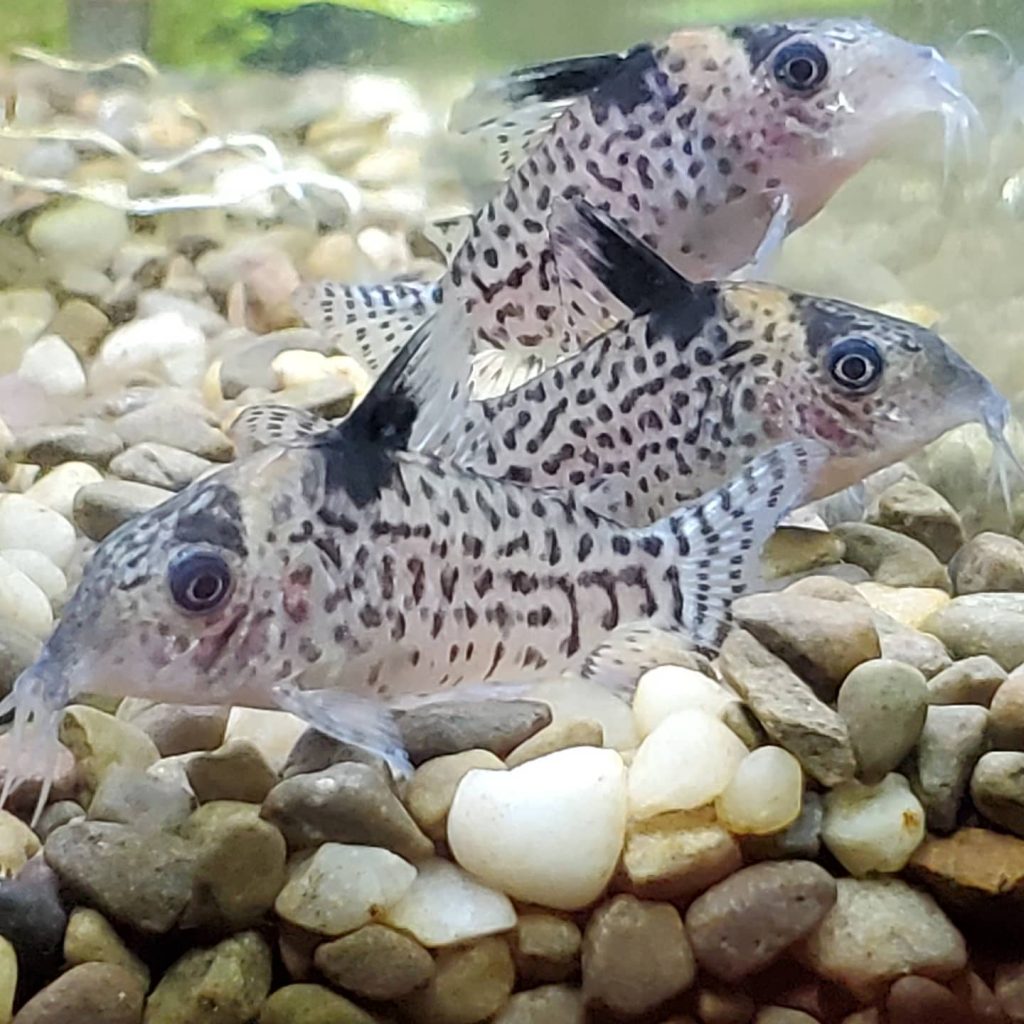
Behavior & Temperament
Bluespotted corydoras, also recognized within the aquarium trade industry as blackmail corydoras or dotted corydoras, are revered for their congenial nature. These tropical climate dwellers from the coastal river systems of northeast South America are nocturnal armored catfishes that exhibit a peaceful and social temperament. They thrive when they navigate the suitable spots of a well-structured aquarium replicating their native dense vegetation and soft silt substrate.
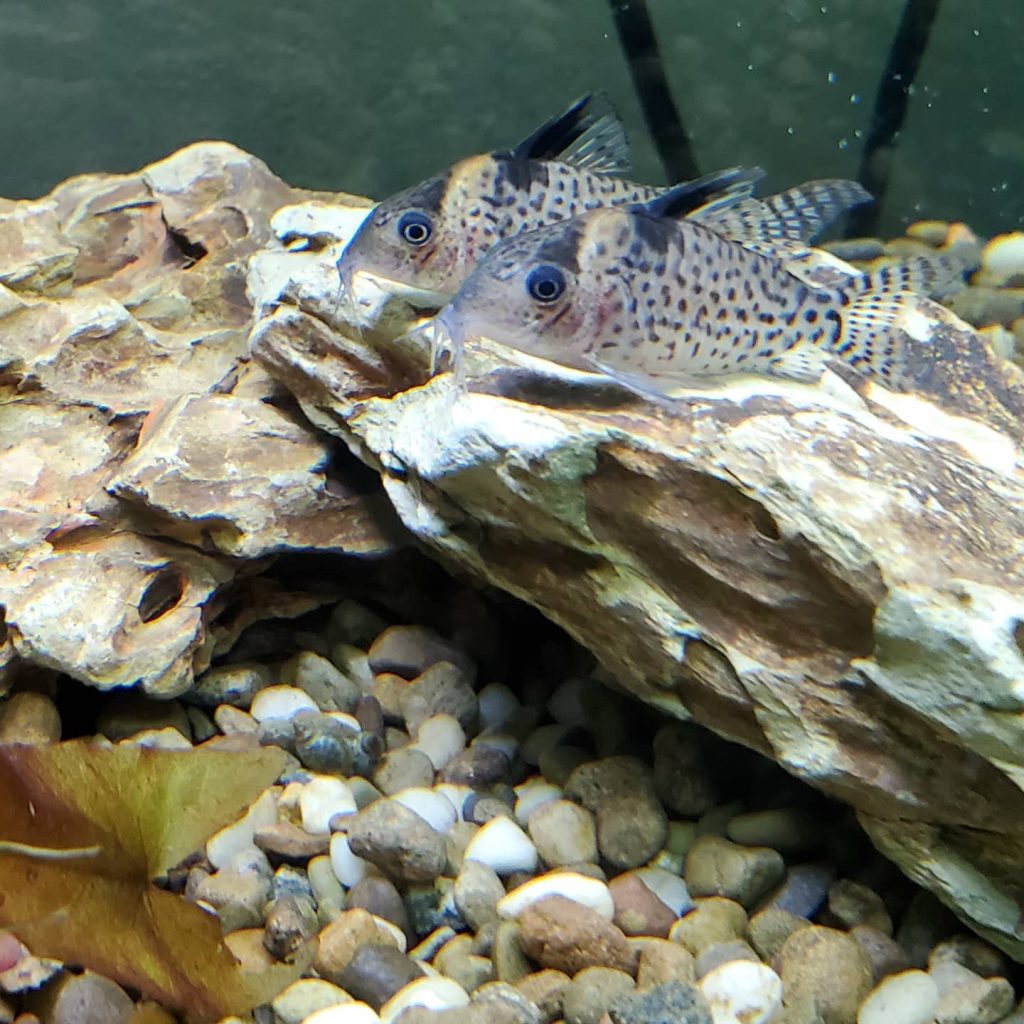
Are Bluespotted Corydoras Fin Nippers?
Bluespotted corydoras are the epitome of peace within the confines of an aquarium, deterred from any behavior that could harm fellow inhabitants like fin nipping. Aquarists can rest assured that these gentle fish present no risk or distress to the rest of the aquatic community, instead encouraging a tranquil and collaborative environment.
Are Bluespotted Corydoras Aggressive To Each Other & Other Fish?
Noted for their placid demeanor, bluespotted corydoras exhibit no aggression towards conspecifics or other aquarium fishes. However, they may become victims if housed with semi-aggressive bottom dwellers. Therefore, it’s of utmost importance to select tank mates judiciously to avoid any unwanted bullying or hostility towards these amiable scavengers.
Are Bluespotted Corydoras Friendly To Each Other & Other Fish?
Bluespotted corydoras rank high on the list for compatibility with a diverse array of tank mates such as tetras, rasboras, angelfish, dwarf cichlids, and livebearers. Their intrinsic friendly nature bridges harmonious living with other peace-loving aquatic species. With this in mind, the aquarium setting should avoid the presence of larger, intimidating fish that may inadvertently harm these armored, yet vulnerable, catfishes.
Are Bluespotted Corydoras Schooling Fish?
Yes, blue spotted corydoras are schooling fish that display overt social inclinations in the wild. They prefer the company of their kind and exhibit reduced stress and more vibrant natural behaviors when kept in groups. Not only does schooling provide a sense of security, but it also promotes an ornamental spectacle in the home aquarium.
Can You Have Just One Bluespotted Corydoras in The Tank?
While it is technically possible to keep a single blue spotted corydoras, it is not advisable. These fish have a profound social structure and are known to thrive in the presence of their peers. Solitude can induce stress and inhibit the expression of natural behaviors, ultimately affecting their overall well-being.
Do Bluespotted corydoras Need To Be In Groups?
Indeed, to fully cater to their social and behavioral needs, it is recommended that bluespotted corydoras be kept in small shoals of at least 5-6 individuals. This grouping ensures that each fish feels secure and is more likely to engage in the scavenging endeavors and exploration that characterize their species. Furthermore, keeping them in numbers facilitates easier sexing and reduces the likelihood of any territorial disputes, fostering a serene and interactive aquarium habitat.
Food & Diet
Bluespotted corydoras, scientifically known as Corydoras melanistius, have a diet in the wild that is as varied as their habitat. These omnivorous fish feed on a mix of worms, benthic crustaceans, insects, and incidental plant matter they find in their South American waters. In the captive environment of an aquarium, these preferences are mirrored in their feeding behavior.
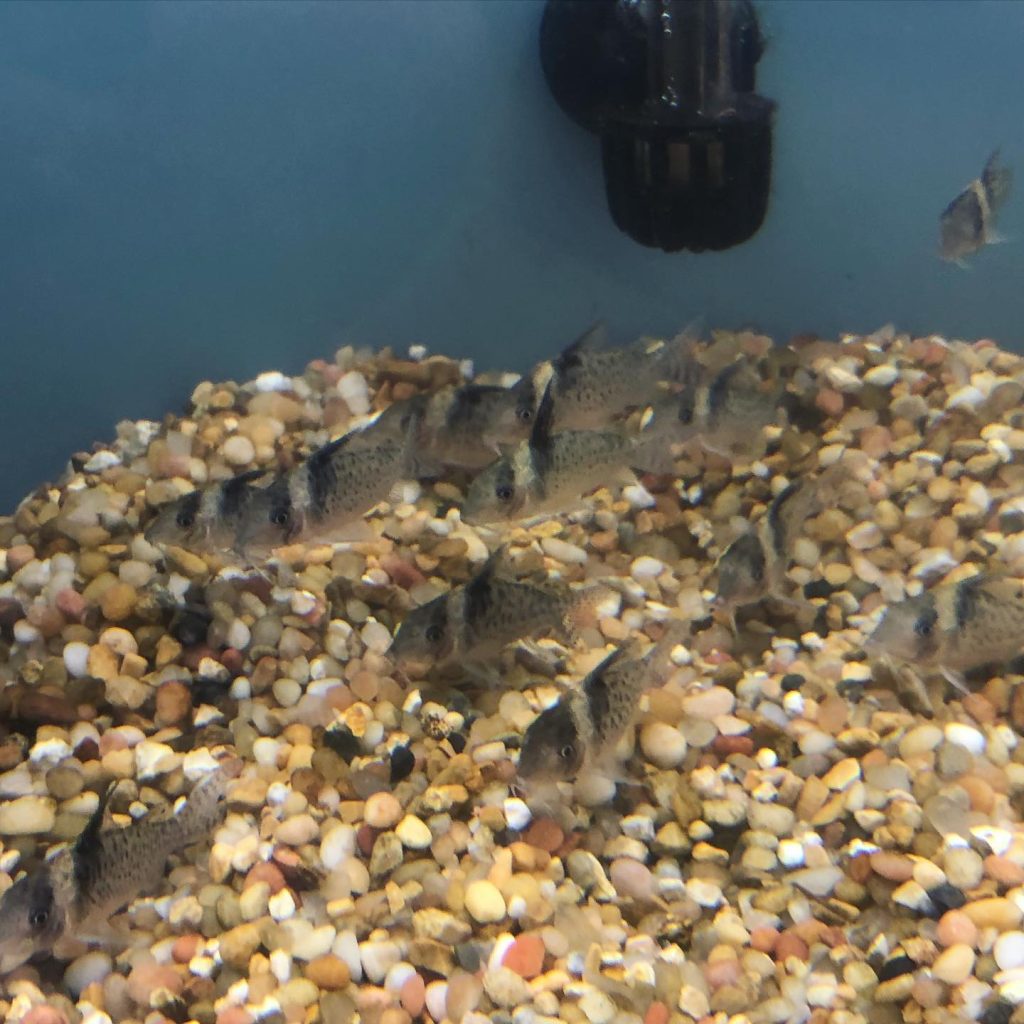
Do Bluespotted corydoras Eat Algae?
While algae is not the primary food source for Bluespotted corydoras, they may occasionally nibble on it. However, their nutritional needs are not satisfied by vegetable-based foods alone. They require a staple diet that is rich in protein, such as quality flake food, sinking pellets, and algae wafers with the occasional supplementation of live and frozen foods.
Do Bluespotted corydoras Eat Shrimp?
In their native habitat, Bluespotted corydoras include benthic crustaceans like shrimp in their diet. In an aquarium setting, they can be fed similar food items, including frozen or live shrimp, which is conducive to their natural carnivorous leaning and contributes greatly to their nutritional balance.
Do Bluespotted corydoras Eat Bloodworms?
Bloodworms are a favored treat among Bluespotted corydoras. Offering them bloodworms, either live or frozen, twice a week can help maintain the fish’s good condition. This supplemental feeding aligns with their instinctual carnivorous side, which in the wild, would include a variety of worms and small insects.
Do Bluespotted corydoras Eat Mosquito Larvae?
Bluespotted corydoras are likely to feed on mosquito larvae in their natural South American riverine habitats, where such larvae are abundant. In captivity, they can be given mosquito larvae as a nutritious live food option, ideally offered in the evening when these fish are most active.
Do Bluespotted corydoras Eat Planaria?
Bluespotted corydoras have a diverse diet and may eat planaria as an opportunistic feed if these flatworms are present in the aquarium. Their natural inclination to seek out worms and benthic creatures makes them potential candidates for natural planaria control.
Do Bluespotted corydoras Eat Plants?
Corydoras melanistius do not primarily feed on plant matter. However, while foraging, they may incidentally ingest small amounts of vegetation. Their diet should be focused on animal-based nutrients rather than relying on plants, ensuring they get the essential proteins and minerals they require for optimal health.
Sexing: Male vs Female
Identifying the sex of Bluespotted corydoras becomes easier when the fish are mature and well-conditioned. Physical differences between the males and females can be quite marked:
- Size & Shape: Females tend to be slightly larger when fully grown, showcasing a visibly plumper body, especially noticeable when looking down from above. Their underbelly appears broader due to the need to carry eggs.
- Length: Males are generally shorter than their female counterparts, making length a useful indicator when sexing these fish.
- Fins: One of the subtle differentiators lies within the dorsal fin rays. Males possess between 12 to 13 rays, in contrast to females, who typically have seven.
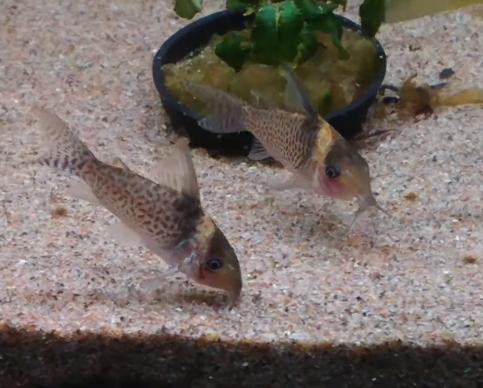
These differences not only aid aquarists in identifying the sex but also facilitate the process of breeding within an aquarium setting.
| Sex | Body Size | Body Shape | Dorsal Fin Rays |
|---|---|---|---|
| Male | Shorter | Slimmer | 12-13 |
| Female | Larger, Plumper | Broader Underbelly | 7 |
By closely observing these specific traits, fish keepers can accurately distinguish between male and female Bluespotted corydoras.
Bluespotted corydoras Tank Mates
Bluespotted Corydoras are known for their peaceful demeanor, making them excellent aquarium inhabitants. Since they thrive on the substrate level, their tank mates should also embrace calmness to ensure harmony in their aquatic home. It’s crucial to steer clear of any aggressive or large fish that might view them as targets rather than tank companions. Optimal companions include gentle fish species such as tetras and rasboras, which share the upper swimming regions and maintain a serene environment.
Small, peaceful cichlids can also coexist amicably with Bluespotted Corydoras, provided they are not territorial. When merging communities, bear in mind the need for congruent temperature ranges and water conditions to keep all inhabitants content and healthy. A well-thought selection of tank mates will create a balanced ecosystem allowing your Bluespotted Corydoras to thrive.
| Suitable Tank Mates | Reason for Compatibility |
|---|---|
| Small Tetras | Peaceful, occupy different tank level |
| Rasboras | Gentle, top-dwelling |
| Small Peaceful Cichlids | Non-aggressive, similar water needs |
Remember, a tranquil tank is a happy tank, especially for your bottom-dwelling Bluespotted Corydoras.
Aquarium Setup
Setting up the perfect environment for Bluespotted Corydoras involves creating a cozy, natural replica of their habitat. Start with a minimum 20-gallon tank to provide adequate space for a small group of these lively fish. Line the bottom with a soft, sandy substrate to protect their delicate barbels, and furnish the tank with an array of rocks, driftwood, and both live or artificial plants to provide plenty of hiding spots and dense vegetation, emulating the complexity of their native riverbeds.
| Features | Details |
|---|---|
| Tank size | Minimum 20 gallons |
| Substrate | Soft, sandy substrate |
| Decor | Rocks, driftwood, live or artificial plants |
| Hiding Spots | Essential for stress reduction |
A well-established tank, inclusive of the right terrain and vegetation, not only promotes the well-being of your Bluespotted Corydoras but also enhances the aesthetic appeal of your aquarium.
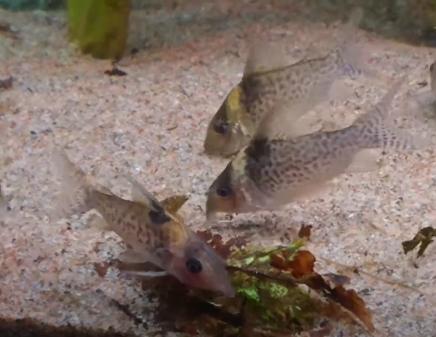
Ideal Tank Size
For a group of Bluespotted Corydoras, a 20-gallon tank is the minimum size recommended to offer an ample swimming area and space for social interactions. Ensuring sufficient room for movement is key to their health and well-being.
Ideal Water Parameters
To keep Bluespotted Corydoras healthy, maintain water parameters within the following optimal ranges:
- pH levels: 6.4 – 7.4
- Water hardness: 4 – 18°N (71.43 – 321.43ppm)
- Temperature: 22 – 26 °C (71.6 – 78.8°F)
A rigorous schedule, including weekly water changes and testing, is vital to manage nitrite and ammonia levels, as these armored catfishes are particularly sensitive to these compounds.
Filtration
An efficient filtration system is paramount for an aquarium housing Bluespotted Corydoras. Filtration helps maintain clear water and stable parameters by eliminating harmful toxins like ammonia and nitrite. A filter that generates a gentle flow reflects their preference for a calm water environment. Keeping water well-oxygenated is also crucial since these fish are occasional air breathers.
Lighting
Bluespotted Corydoras do not have specific lighting needs, but a moderate level that mimics their natural, tropical climate under dense vegetation will make them feel at home. Adequate lighting supports plant growth, which in turn helps maintain a balanced ecosystem in the tank. Avoid overly bright lighting to keep your corydoras comfortable and to bring out the best in their coloration.
Remember to integrate the filtration and lighting components seamlessly into your aquarium design to offer your Bluespotted Corydoras a clean and visually stimulating environment reminiscent of their indigenous tropical waters.
Common Possible Diseases & Prevention
Bluespotted Corydoras are susceptible to several typical aquarium fish diseases. These include fin rot, where the edges of their fins disintegrate, ich (or white spot disease), recognized by white spots on their body and fins, and various bacterial infections that may affect their well-being.
To prevent these ailments, adhering to a few key measures is crucial. Firstly, maintain pristine water conditions through regular testing and upkeep. Performing routine water changes and cleaning filters are essential to remove toxins and keep the aquarium environment healthy. Secondly, provide a well-rounded diet that caters to their nutritional needs, including high-quality flake food, sinking pellets, frozen foods, and live treats such as brine shrimp.
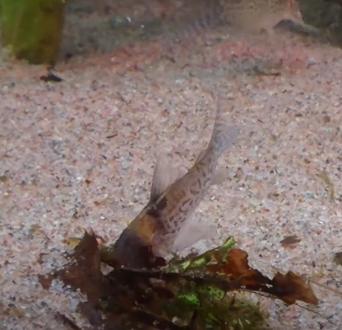
Newcomers to the tank should be quarantined to prevent the spread of diseases to your existing Bluespotted Corydoras. Stressful conditions and poor water quality are potential catalysts for disease, so creating a stable environment with the right temperature range and water hardness is paramount.
Monitor your fish for unusual behavior or changes in appearance, as these can be early signs of illness. Promptly consult a veterinarian specialized in fish health if you suspect any disease.
| Prevention Measures | Description |
|---|---|
| Water Quality | Perform regular water changes and filter maintenance. |
| Nutrition | Offer a diverse diet, including live and frozen foods. |
| Quarantine | Isolate new fish to prevent disease spread. |
| Observation | Watch for changes in behavior or appearance. |
Maintain vigilance and take proactive steps to keep your aquatic pets thriving.
Breeding Bluespotted corydoras In Aquarium
Breeding the intriguing Bluespotted Corydoras can be a rewarding experience for aquarium enthusiasts. These armored catfishes are egg scatterers, with a distinctive breeding ritual. A female carries 2-4 eggs between her pelvic fins, allowing the male to fertilize them over about half a minute. Following fertilization, the female artfully attaches the sticky eggs to a chosen spot, often among dense vegetation or on the smooth surfaces of the tank.
Although breeding can spontaneously take place in a community aquarium, success rates increase with a specialized breeding environment. Here’s how to set up such a tank:
| Breeding Requirements | Details |
|---|---|
| Tank Setup | Fine gravel or sand substrate, hiding spots |
| Shoal Size | Minimum of 6 individuals recommended |
| Water Conditions | Mimic tropical climate, proper temperature range |
| Observation | Monitor for egg attachment and health |
In a well-configured tank, the pair will repeatedly go through their fertilization dance until around 100 eggs are laid. Keep a close eye on the process, and remember that raising the fry will be easier in this dedicated breeding tank, away from potential predators and competition.
List of Breeding Steps:
- Establish suitable breeding tank
- Introduce a shoal of at least six Bluespotted Corydoras
- Monitor and maintain ideal water conditions
- Observe the breeding behavior and egg-laying process
- Provide care for the eggs and eventual fry
By following these guidelines, enthusiasts can observe the fascinating lifecycle of these attractive aquarium fishes first-hand.

